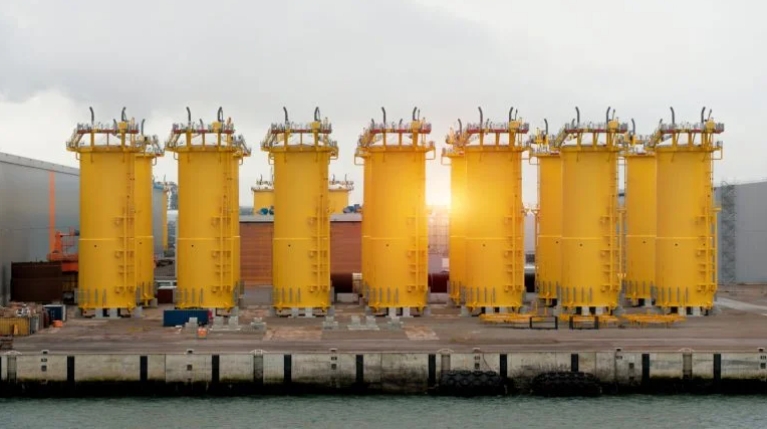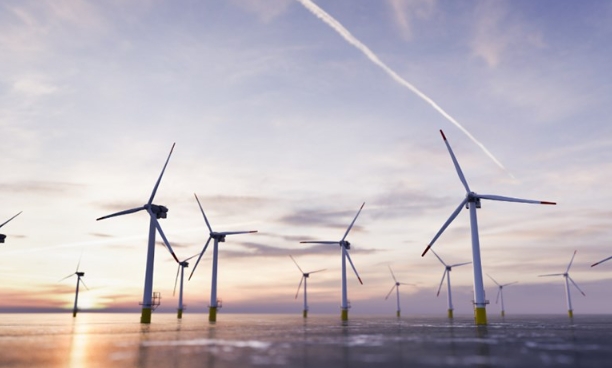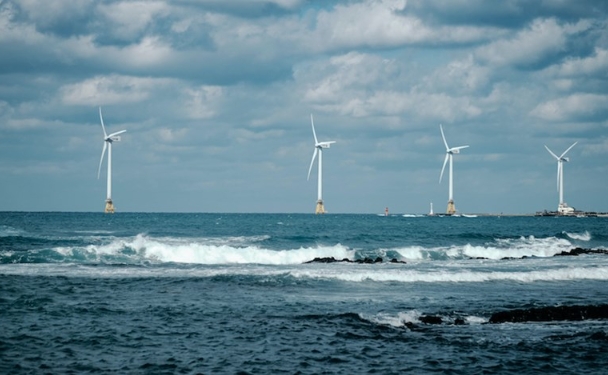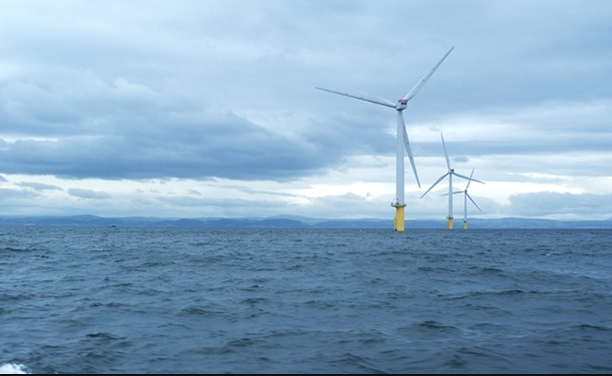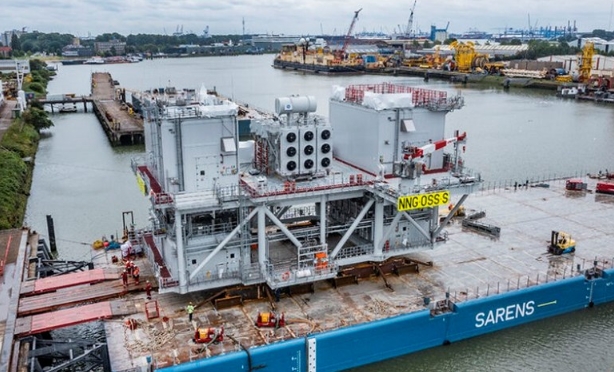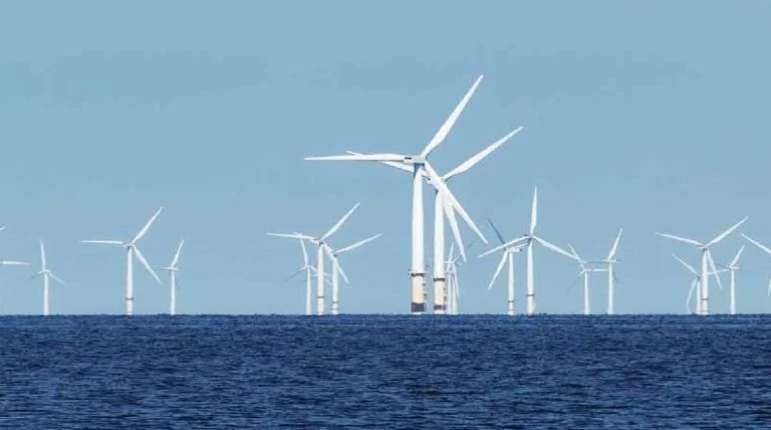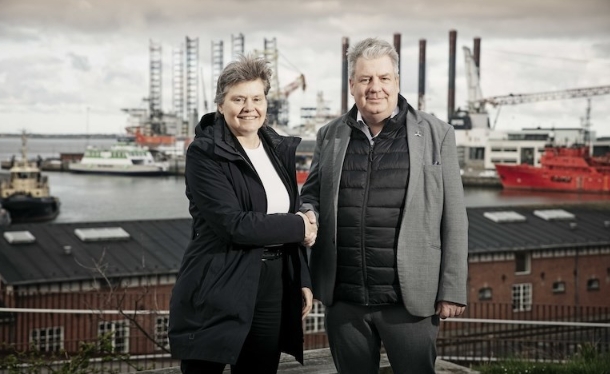According to a new report released by the Environment America Research & Development, building electrification over the next 30 years is vital for the US to achieve its 2050 carbon emissions reduction goal and to reach 100% renewable energy.
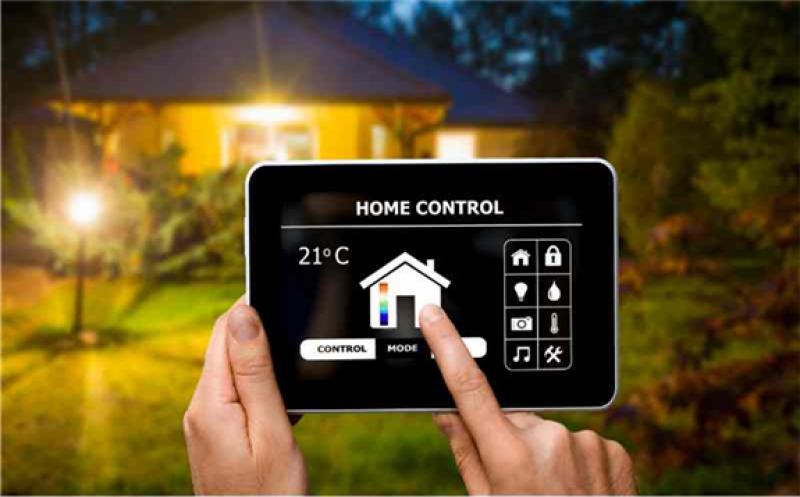
The study, released in partnership with the US Public Interest Research Group Education Fund and think tank Frontier Group, has found that electrifying buildings in America will result in carbon emissions reduction benefits equivalent to removing 65 million cars off the road.
At the same time, switching to renewable energy to power the vast majority of US homes and businesses by 2050 could cut around 306 million metric tons of annual CO2 emissions.
The report, Electric Buildings: Repowering Homes and Businesses for our Health and Environment, ranks states’ abilities to reduce carbon emissions by replacing fossil fuel technologies with electric options.
New York, California, Texas, Illinois, Ohio and Pennsylvania have been identified as the states with the greatest ability to lower carbon emissions over the next 30 years by cutting fossil fuel usage out of homes and offices.
Installing appliances including electric heat pumps and water heaters would also help the US to reduce its reliance on fossil fuels, a development that would result in offsetting of carbon emissions and in reduction of consumer energy bills.
Installing a heat pump over fossil fuel heating methods in a new home could save between $1,600 and $6,800 for space and water heating over a 15-year period and in other locations, savings could reach as high as $13,700 during the same timespan, according to the study.
The release of the study follows fossil fuel combustion in US homes and businesses accounting for almost 9% of the country’s total emissions in 2018.
Today, the US has almost 140 million housing units and 5.6 million commercial buildings. Three out of every four American homes use fossil fuels directly for space heating, water heating or appliances.
Direct burning of fossil fuels accounts for more than half of all energy used in homes and at least 34% of all energy used in commercial buildings.
The study however admits the lack of adequate policies supporting the switch to electrification and renewable energy.
The authors of the report provide some recommendations to help policymakers at the local, state and federal levels to accelerate the transition from fossil fuels to clean electricity in buildings:
The recommendations include that policymakers:
Mandate that appliances be all-electric systems in new construction.
Implement rebate programmes, incentives and low-cost financing.
Implement regulatory solutions, including rate design and fuel-switching regulation changes.
Create and expand tax incentives for electrified buildings.
Require building energy transparency and implement building performance standards that limit carbon emissions.
Educate developers, contractors, retailers and consumers about options for, and benefits of, electrification.
Update appliance efficiency standards.
Susan Rakov, chair of Environment America Research & Policy Center’s Clean Energy programme, said: “Change is upon us — we just need to embrace it. We have the tools and technology right now to make every home and most businesses in America run — and run better — on clean renewable energy.
“When my gas stove failed this year, I bought an induction stove. It sure is different — and I love it. It boils water faster than my old gas stove, it doesn’t release dangerous air pollutants into my home when we’re cooking, and I no longer have to worry about escaping methane from the stove contributing to global warming.”
Johanna Neumann, senior director of Environment America Research & Policy Center’s Campaign for 100% Renewable Energy, adds: “Last century, many families saw their quality of life improve when they switched from a coal-burning stove to an electric or gas range, or an icebox to an electric refrigerator.
“Today, a new technological revolution is underway to replace fossil fuel heating and cooking with electric technologies. The sooner America makes the switch, the sooner we’ll realize the benefits of cleaner and more efficient energy.”
